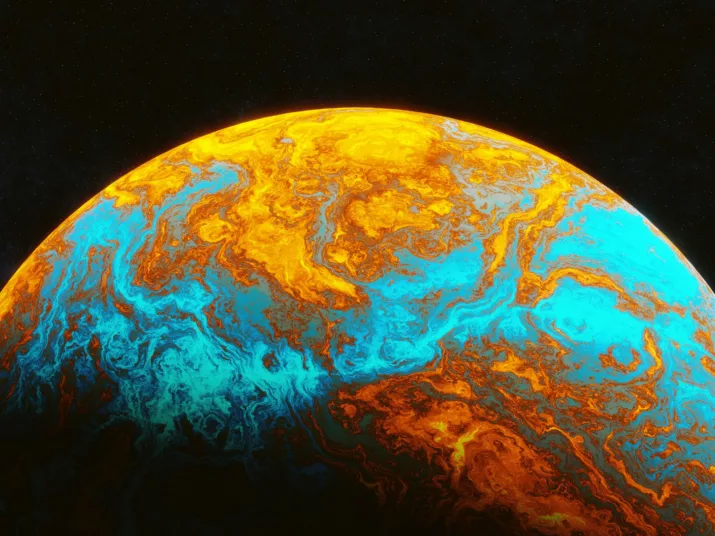
Ever heard of planetary boundaries?
Planetary boundaries do not refer to outer space. It's about how much we can use our planet without undermining our own livelihood on it. We have certainly all heard about climate change by now and have felt it in recent years. But planetary boundaries are about more than that, e.g. ecosystems, natural material cycles and biodiversity.
Agriculture has a major impact on several of these planetary boundaries:
- Climate change: it is a major contributor to climate change - accounting for around a fifth to a third of global greenhouse gas emissions
- Biosphere: Agriculture is the biggest driver of global biodiversity loss.
- Biogeochemical cycles: The excessive use of fertilizers leads to eutrophication of water bodies, dead zones in oceans and soil depletion
- Land use changes: Forests, wetlands and grasslands are being converted to cropland and pasture. This exacerbates climate change and the loss of species.
- Freshwater use: Agriculture is the world's largest consumer of freshwater. Water is becoming increasingly scarce due to climate change.
- Introduction of novel substances: The use of pesticides can damage soil, water and non-target organisms. Residues enter the food chain and can endanger human health and ecosystems
Continuing in this way therefore has serious consequences. At the same time, the world's population is growing and demand for land is increasing. We already use almost half of the land area for agriculture today:
So how can we manage to produce enough food for everyone in the world without exceeding the planet's limits? One thing is clear: we need a “land transition”: a more sustainable use of land that combines food production, climate protection and nature conservation. A huge challenge. But there are already many possible solutions and new ones are being researched.